Customer Acquisition Cost (CAC) Optimization for Digital Banks
Contributors:
Kiran Gurung
Published: December 5, 2024
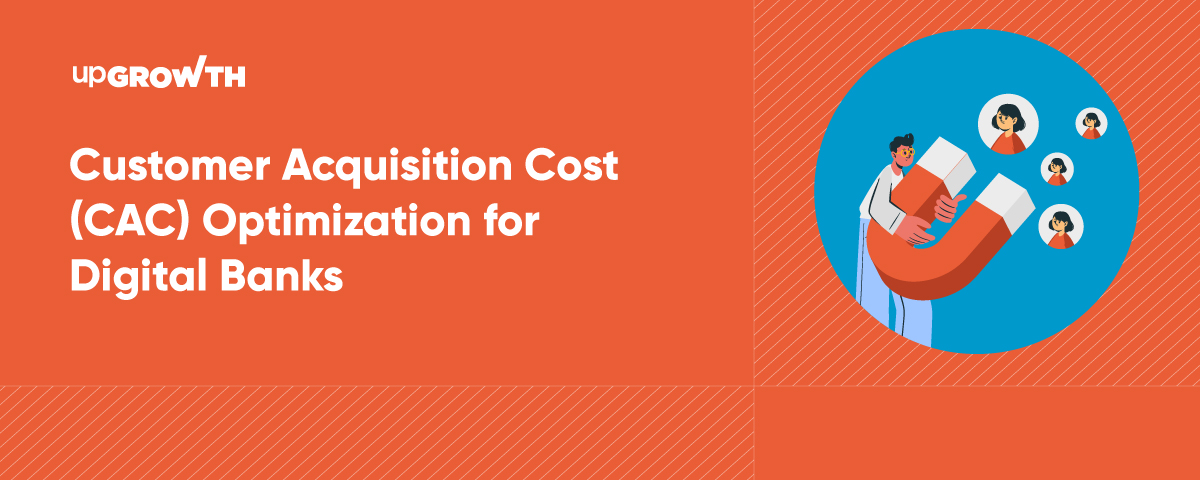
Summary
Digital banks face mounting pressure to optimize Customer Acquisition Costs (CAC) in an increasingly competitive fintech landscape. By leveraging automation, data analytics, and strategic customer segmentation, banks can significantly reduce acquisition costs while maintaining growth. The key to success lies in maintaining a healthy LTV-to-CAC ratio above 3:1, implementing cost-effective marketing channels, and focusing on customer retention. Through proven techniques and emerging technologies, digital banks can achieve sustainable growth while delivering exceptional customer experiences.
Acquiring customers in the competitive world of digital banking can feel overwhelming. With the rise of fintech startups and neobanks, customer acquisition costs have surged, prompting digital banks to rethink their strategies. Optimizing Customer Acquisition Cost (CAC) isn’t just about cutting expenses—it’s about achieving sustainable growth while delivering exceptional customer experiences.
This blog explores actionable insights to help digital banks, fintech startups, and financial analysts grasp how to maximize their CAC strategies. From understanding key metrics to proven customer acquisition techniques, we’ll cover it all.
What Is Customer Acquisition Cost (CAC) in Banking?
Customer Acquisition Cost (CAC) measures how much a business spends to acquire a new customer. For digital banks, CAC includes the total cost of sales and marketing efforts divided by the number of new customers acquired within a specific period.
CAC Formula
CAC = Total Acquisition Spend ÷ Number of New Customers`
For traditional banks, CAC often involves expenses like physical branch operations and in-person marketing. Digital banks, on the other hand, rely heavily on online advertising, making them vulnerable to rising advertising costs and high competition.
Why Does CAC Matter for Digital Banks?
The higher the CAC, the more challenging it becomes to achieve profitability. For digital banks, balancing customer acquisition costs with customer lifetime value (LTV) is critical for long-term success in a competitive market.
Key Drivers of High CAC in Digital Banking
- Intense Competition: With the rise of fintech startups and neobanks, the market is crowded. Everyone is vying for the same audience.
- High Advertising Costs: Digital marketing platforms like Google and Facebook are increasingly expensive.
- Lack of Customer Trust Online: Building trust across a screen requires additional investments in branding and communication.
Key Metrics to Monitor for Optimizing Bank Customer Acquisition Cost
Balancing Lifetime Value (LTV) and CAC
The golden rule is ensuring that the LTV-to-CAC ratio remains above 3:1. This means that for every $1 spent acquiring a customer, they’ll generate at least $3 in revenue.
Average benchmarks across digital banking indicate an LTV-to-CAC ratio of around 3.5 for successful neobanks, but lower ratios could signal unsustainable acquisition efforts.
Conversion Rates Across Channels
Digital banks often utilize channels such as social media ads, influencer marketing, referrals, and SEO. Monitoring the conversion rates of each channel helps identify the most cost-effective ones.
For example, while paid ads might have a higher CAC, referral programs generally deliver lower-cost, higher-quality leads.
Proven Customer Acquisition Techniques for Digital Banks
1. Leverage Automation to Reduce Costs
Automation is revolutionizing customer acquisition for digital banks. By automating processes such as KYC (Know Your Customer), customer onboarding, and marketing, banks can save time and resources.
Recommended Tools:
- KYC Automation: Jumio, Alloy
- Onboarding Platforms: Appcues, HubSpot
- Marketing Campaigns: Mailchimp, ActiveCampaign
2. Data Analytics for Predictive Marketing
Analyzing customer behaviour with AI-driven tools helps target relevant audiences, reducing wasted ad spend. For instance, predictive analytics can help identify at-risk customers and engage them before they churn.
3. Customer Segmentation for Tailored Campaigns
Tailoring marketing initiatives to specific customer segments enhances campaign effectiveness and reduces redundant spending.
4. Cost-Effective Marketing Channels
Exploring cost-effective acquisition methods ensures sustainable growth for digital banks. These include:
- SEO: Ranking high in search results reduces dependency on paid ads.
- Influencer Marketing: Partnering with financial influencers to gain trust.
- Referral Programs: Turning existing customers into unpaid brand ambassadors.
Data Comparison: Referral campaigns have been shown to reduce CAC by 30%, compared to reliance on paid digital ads.
Customer Retention: A Critical Ally in CAC Optimization
Lower Churn = Better CAC
Retaining customers has a compounding effect on reducing acquisition costs. Loyal customers require less re-engagement and are more likely to refer new customers.
Impact of Loyalty Programs
Offering loyalty rewards, exclusive benefits, and early access to services cultivates a strong customer base and enhances word-of-mouth referrals.
Challenges in Reducing CAC for Digital Banks
While the potential for CAC optimization is significant, challenges remain.
- High Ad Competition: Digital marketing platforms are saturated, leading to expensive ad space.
- Building Trust Online: Customer reluctance to share sensitive financial data online adds barriers.
- Balancing Costs and Satisfaction: Cost reduction should not compromise customer satisfaction—a critical factor in loyalty.
Future Trends in CAC Optimization for Digital Banks
AI-Driven Personalization: Hyper-personalization through AI will help target customers with precisely tailored offers.
Blockchain for KYC Processes: Reducing manual labour with blockchain will make onboarding faster and more cost-effective.
Expanding into Untapped Markets: Digital banks will increasingly focus on regions with less competition using efficient digital marketing.
How to Optimize CAC for Long-Term Success?
Reducing customer acquisition costs is more than just budgeting—it’s about making strategic decisions driven by data, automation, and customer-centric thinking.
By leveraging tools like AI, automation, and predictive analytics, digital banks can sustainably grow while improving ROI. Focusing on customer retention and satisfaction further amplifies these efforts.
Looking to take your CAC strategy to the next level?
At upGrowth, we specialize in helping digital banks optimize customer acquisition costs and maximize growth. Our tailored approaches, rooted in cutting-edge tools and analytics, are designed to deliver measurable results.
Book a consultation with upGrowth today and unlock the potential of your digital bank!
FAQs
1. How Can We Reduce the Cost of Customer Acquisition?
Reducing CAC involves leveraging automation, using data analytics for precision targeting, and focusing on cost-effective marketing channels. For instance, automating onboarding processes or utilizing referral programs can significantly cut down costs while improving efficiency.
2. What Factors Contribute to High Customer Acquisition Costs in Digital Banking?
Key factors include high competition for ad space, customer hesitation due to trust concerns regarding online services, and inefficiencies in targeting or retention strategies. Overcoming these challenges requires strategic planning and leveraging technology.
3. How Can Digital Banks Use Automation to Reduce CAC?
Automation enhances efficiency while reducing costs in tasks like KYC verification, customer onboarding, and managing marketing campaigns. Tools like Jumio, Alloy, and HubSpot are excellent solutions that help streamline these processes.
4. What Role Does Data Analytics Play in Optimizing CAC for Digital Banks?
Data analytics helps target campaigns more effectively by analyzing customer behaviour, predicting trends, and preventing churn. This ensures marketing spending is optimized, reaching the right audience with a higher likelihood of conversion.
5. Can you explain how customer segmentation helps reduce CAC for digital banks?
Customer segmentation allows banks to tailor campaigns to specific demographics, ensuring messages resonate better with the audience. This increases campaign efficiency and reduces wasted advertising spend.
6. What Are the Most Cost-Effective Marketing Channels for Digital Banks?
Cost-effective channels include SEO, referrals, and influencer marketing. SEO reduces dependency on paid ads by improving organic visibility. At the same time, referral programs capitalize on existing customers to bring in quality leads at a lower cost.
7, How Does Customer Retention Impact Customer Acquisition Costs for Digital Banks?
Retention reduces the need to replace churned customers. Loyal customers are already familiar with the bank’s value and often require lower engagement costs. Furthermore, retained customers tend to bring in new customers through referrals, amplifying growth without additional CAC.
About the Author
Copywriter at upGrowth
Kiran Gurung is a Copywriter at upGrowth, where she focuses on creating clear and engaging content that connects with audiences. With a strong background in marketing, she brings valuable experience to every project she works on. Kiran’s thoughtful approach and creativity have been an important part of upGrowth’s campaigns. When she’s not crafting captivating stories, Kiran finds inspiration in nature’s beauty and unwinds by immersing herself in Bollywood classics, blending creativity with her love for life’s vibrant moments.
 Growth Strategy and Planning
Growth Strategy and Planning Inbound Growth
Inbound Growth Growth Hacking
Growth Hacking Search Engine Optimization
Search Engine Optimization Paid and Performance Marketing
Paid and Performance Marketing Social Media Marketing
Social Media Marketing AI-Driven Growth Strategy
AI-Driven Growth Strategy AI-Native Workflow Automation
AI-Native Workflow Automation Generative Engine Optimization
Generative Engine Optimization

 Marketing Decision Tree
Marketing Decision Tree Case Study
Case Study Tools
Tools Growth Tools
Growth Tools Custom GPT's
Custom GPT's




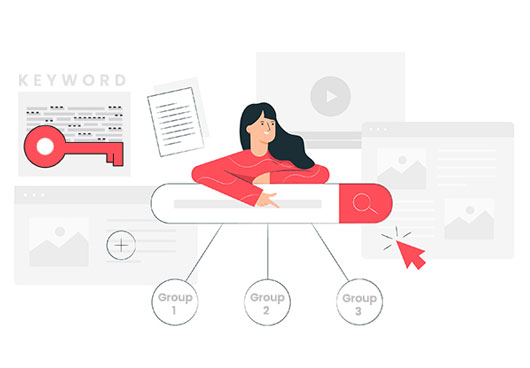
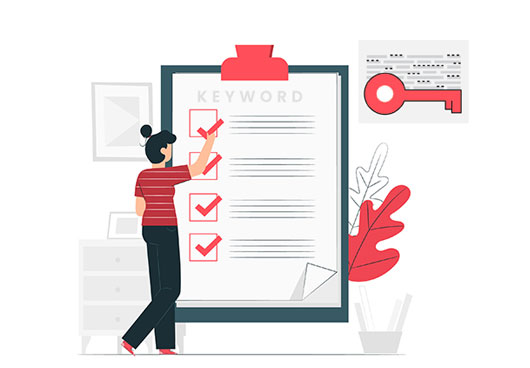
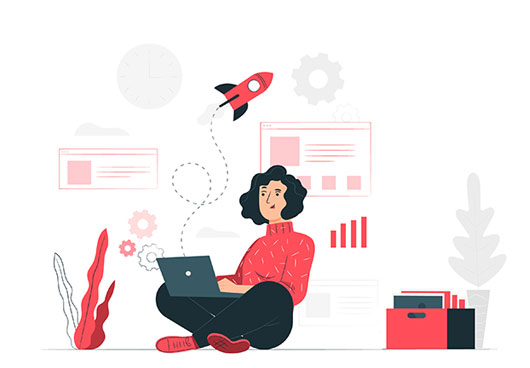
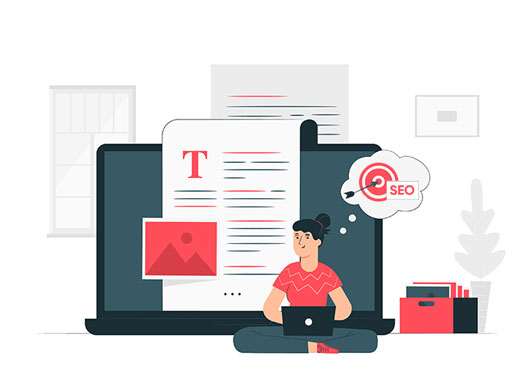
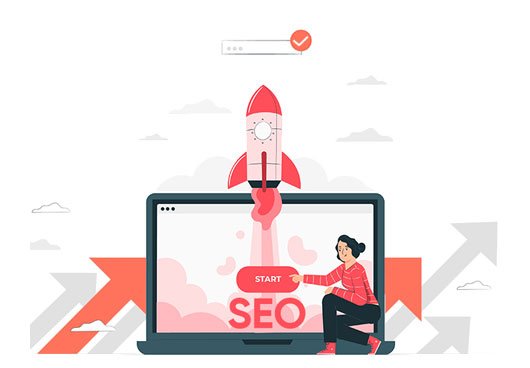
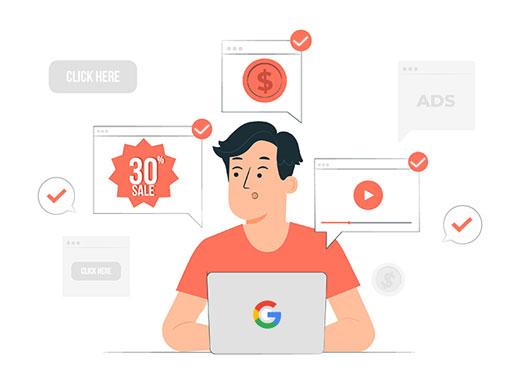
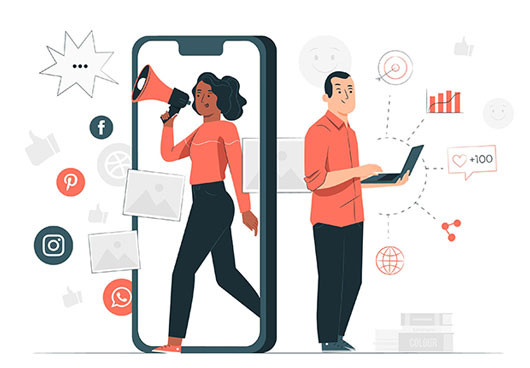
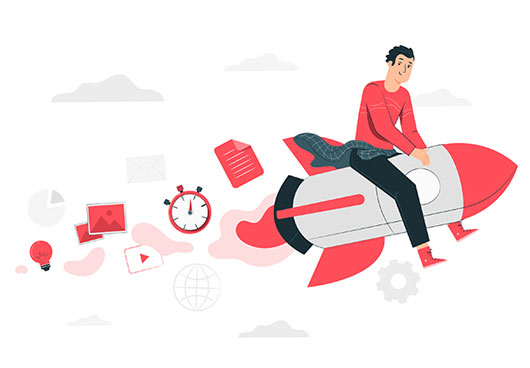
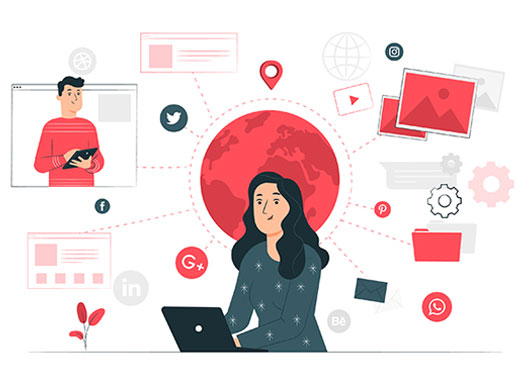
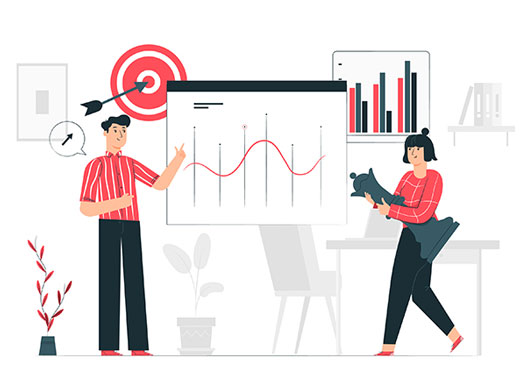
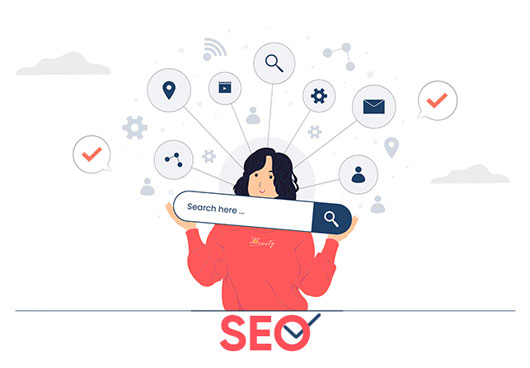
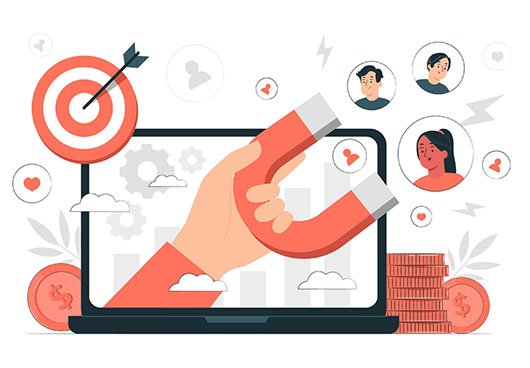
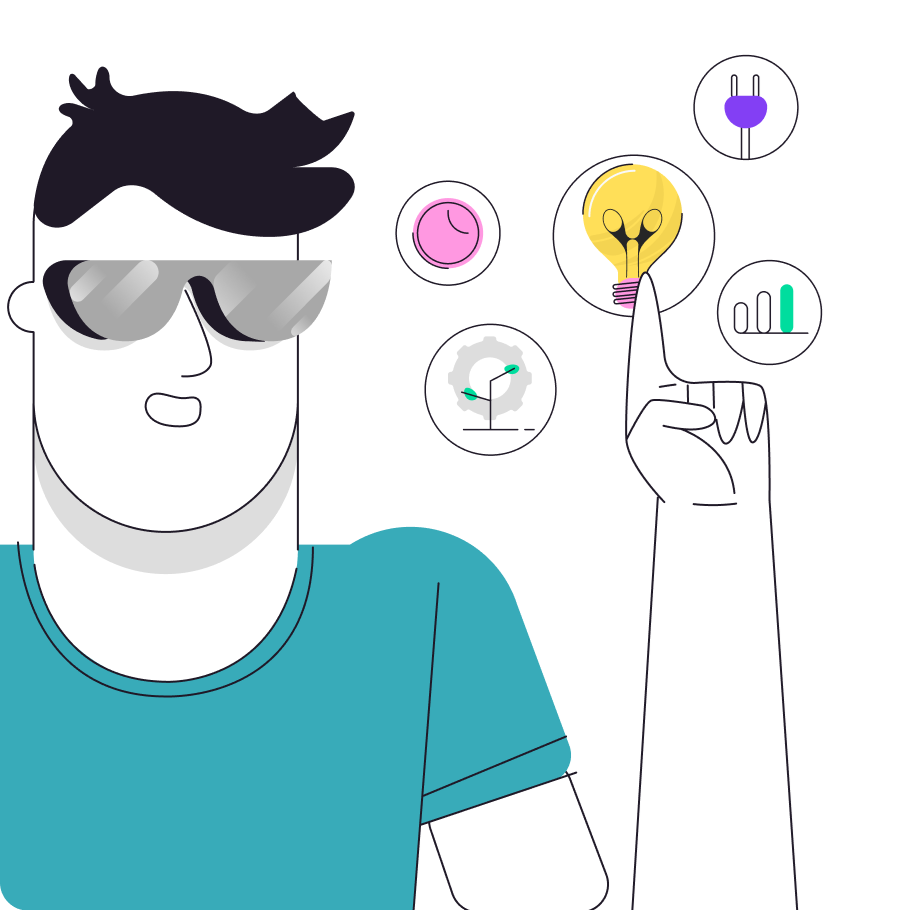
Leave a Reply